Ecuador – Part 8: Cuenca
Chapter 13: Hats & Doors
Panama Hats
Panama hats have never been made in Panama. Also known as toquilla straw hats or Ecuadorian hats, these hats originate from Cuenca, Ecuador (from where the hats are also distributed) and from surrounding communities and the Ecuador coast. Panama hat making began in the early- or mid-1600s. The craft evolved as a cottage industry and grew steadily through the 17th and 18th centuries.
Panama/Toquilla hats are made from the Carludovica palmata plant, also called the toquilla palm. (See image below.) It is not a true palm and it does not develop woody stems. The plant is very flexible, durable and soft and is used to make Panama hats and other weaving creations. The name Panama hat refers to the way of hat making, not a style, and there are many designs of hats for men and for women. They are soft, breathable and provide excellent shade from the sun.
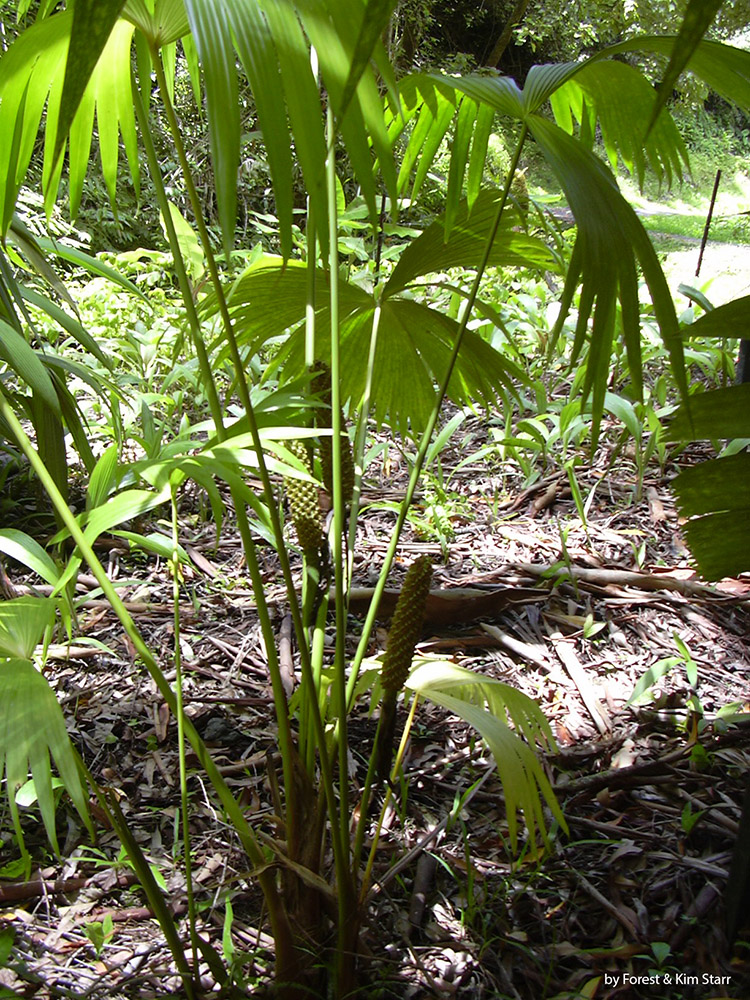
In 1835 Manual Alfaro arrived in the small town of Montecristi (see image below), where he set up a Panama hat business with the primary objective of exporting. Cargo ships loaded with his hats were shipped from Guayaquil, and the smaller coastal city of Manta, to the Gulf of Panama. Gold rush prospectors that arrived or passed through Panama needed hats for sun protection. Alfaro’s hat sales increased steadily from that demand. “Straw hats woven in Ecuador, like many other 19th and early 20th century South American goods, were shipped first to the Isthmus of Panama before sailing for their destinations in Asia, the rest of the Americas and Europe, subsequently acquiring a name that reflected their point of international sale—‘panama hats’—rather than their place of domestic origin.” – Wikipedia

U.S. President Theodore Roosevelt visited the construction site of the Panama Canal in 1906. He was photographed wearing a Panama hat, which further increased the hats' popularity.
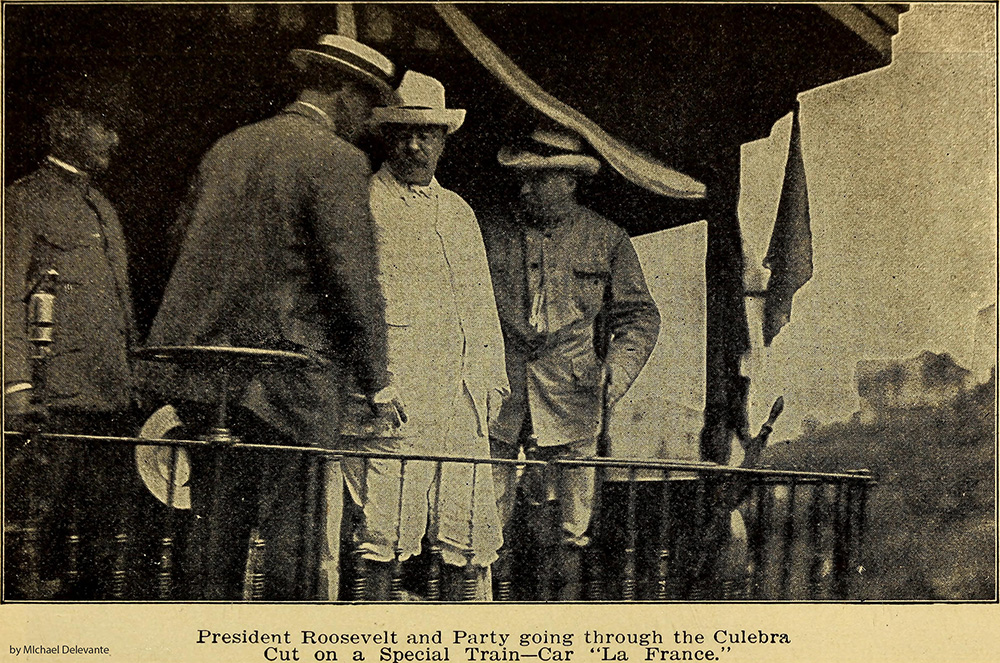
The first world-wide exposure of Panama hats was at the 1855 World’s Fair in Paris.

Unfortunately, the fair catalog did not mention Ecuador as the origin of the hats and they were described as being made of cloth.
“The quality of a Panama hat is defined by the tightness of the weave. The fine weave of the hat was ideal for protection against the tropical sun. Historically, to measure the tightness of the weave, a simple square tool that looks like a frame for a one-inch picture was used. The aperture of this frame was 25 mm, or about 1 inch. The regulator would set this frame one inch from the edge of the hat's brim edge, and then count the peaks of the cross weaves, called carerra, moving in a parallel direction. The tighter the weave, the more carerras were counted. That number would be multiplied by two and reconciled against a grading chart. A highly refined grade 20 would consist of 16 carerras.” – Wikipedia
I recommend watching a very short video about Panama hats made in Montecristi. The video was published by Encyclopedia Britannica. For your convenience you can view that video by clicking this link: HATS
As the video describes, after harvesting the toquilla palm the stalks are split into strips. The more narrow the strips the more weaves can be accomplished per square inch. I have seen strips the width of a human hair. The strips are boiled, dried and then smoked using sulfuric rock. When the strips are ready, the weaving begins, from the center of the hat outward. Soon after the initial weaving the weaver leans over a "block" while weaving. It is uncomfortable.
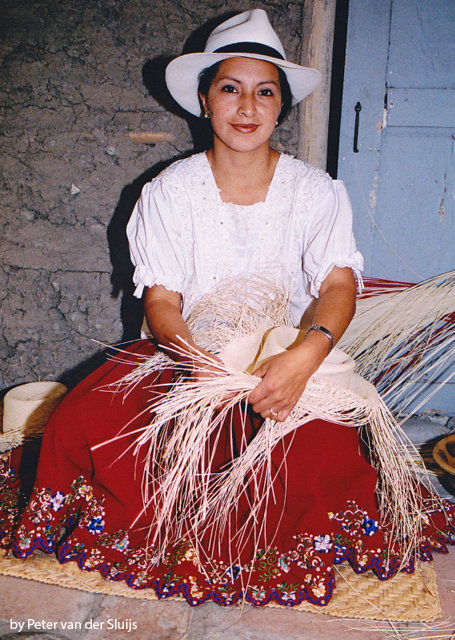

The best quality hats are known as Montecristi hats, after the town where Manual Alfaro settled and where they are produced. The rarest and most expensive Panama hats are hand-woven with up to 3000 weaves per square inch. A master weaver can produce only five or six hats per year. Perhaps two or three of those will be among the weaver’s finest work. Hats of this quality start at about $3,000 and go up from there. Various parts of the hat-making process are often performed by different people. For example, the final weave around the brim of all hats might be performed by the same person who specializes in that stage of weaving.
Here are two examples of Panama hats, both made in Ecuador. The first image is of a good quality hat and the second image is of a Montecristi hat. Can you see the difference?
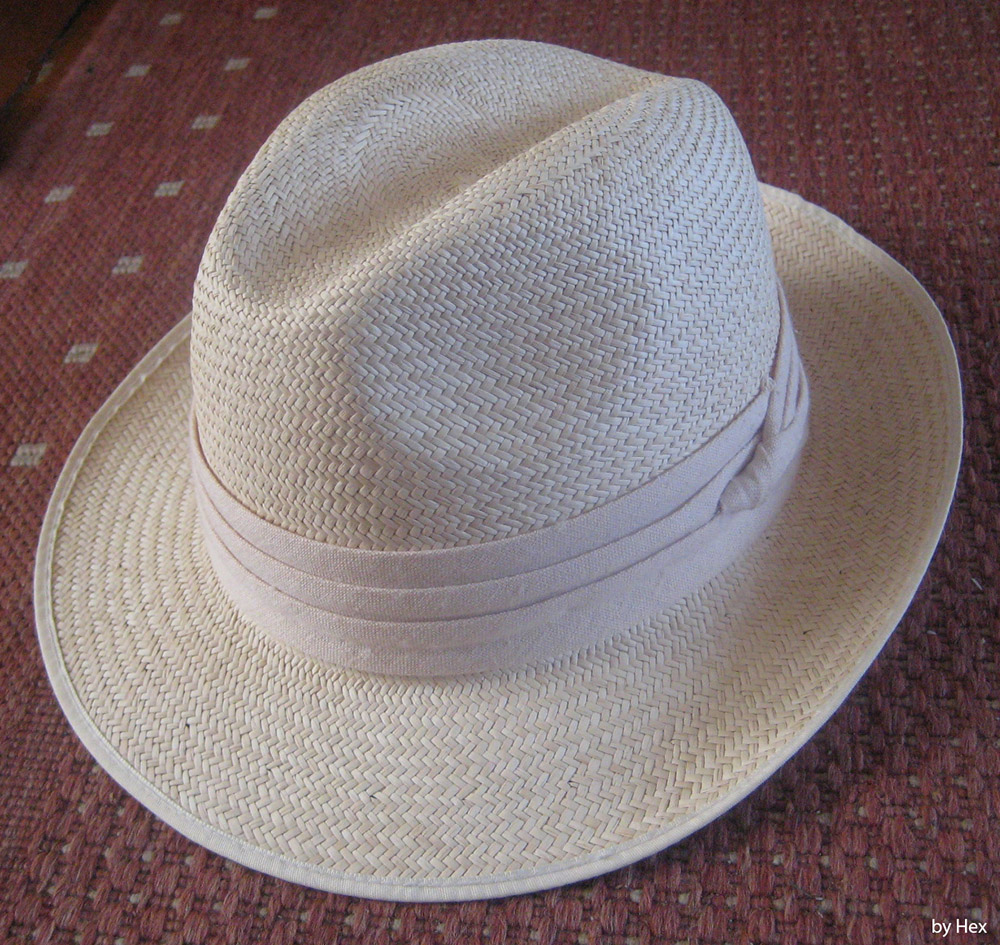
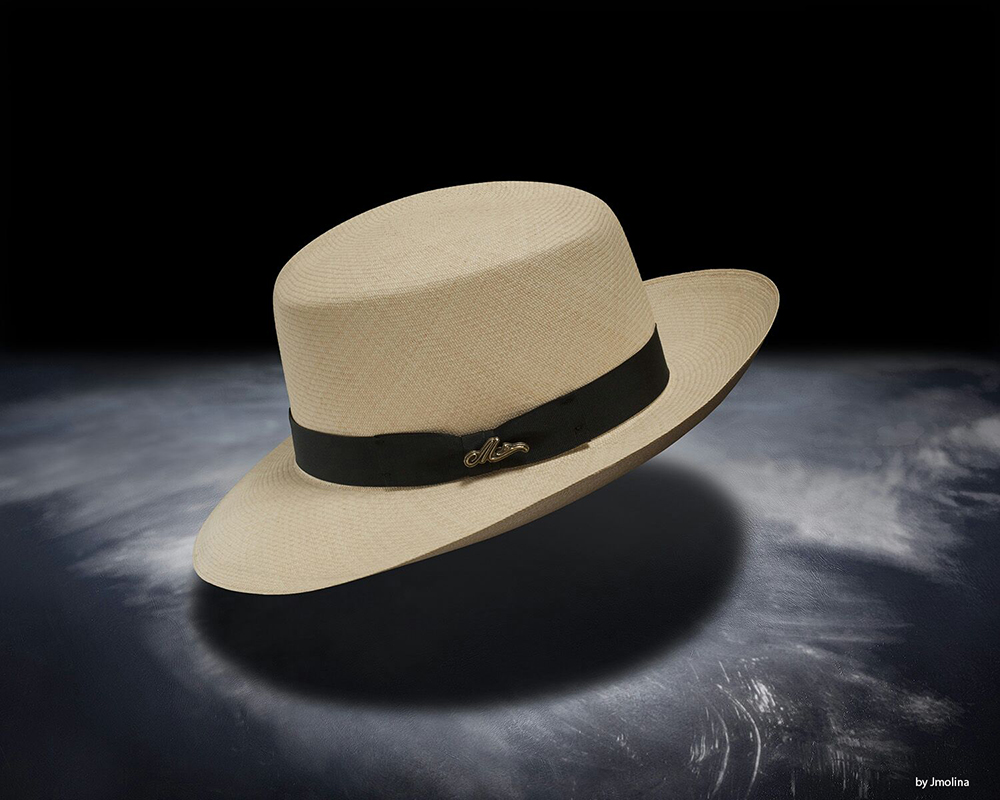
In February 2014, Simon Espinal, a 47-year-old Ecuadorian hat weaver considered to be among the best at his craft, set a world record by creating a Panama hat with four thousand weaves per inch. It took Espinal eight months to handcraft the hat. A hat seller in the USA sells Espinal’s hats for $25,000 each. Who knows what the world record hat might fetch? We won’t know as that hat is not for sale; it is destined for a museum. NPR published an excellent article about Panama hats and Simon Espinal in 2015. You can read the article by clicking here: NPR
Panama hats are available at many shops in Cuenca. Reminders of Cuenca’s Panama hat heritage can be seen throughout the city.
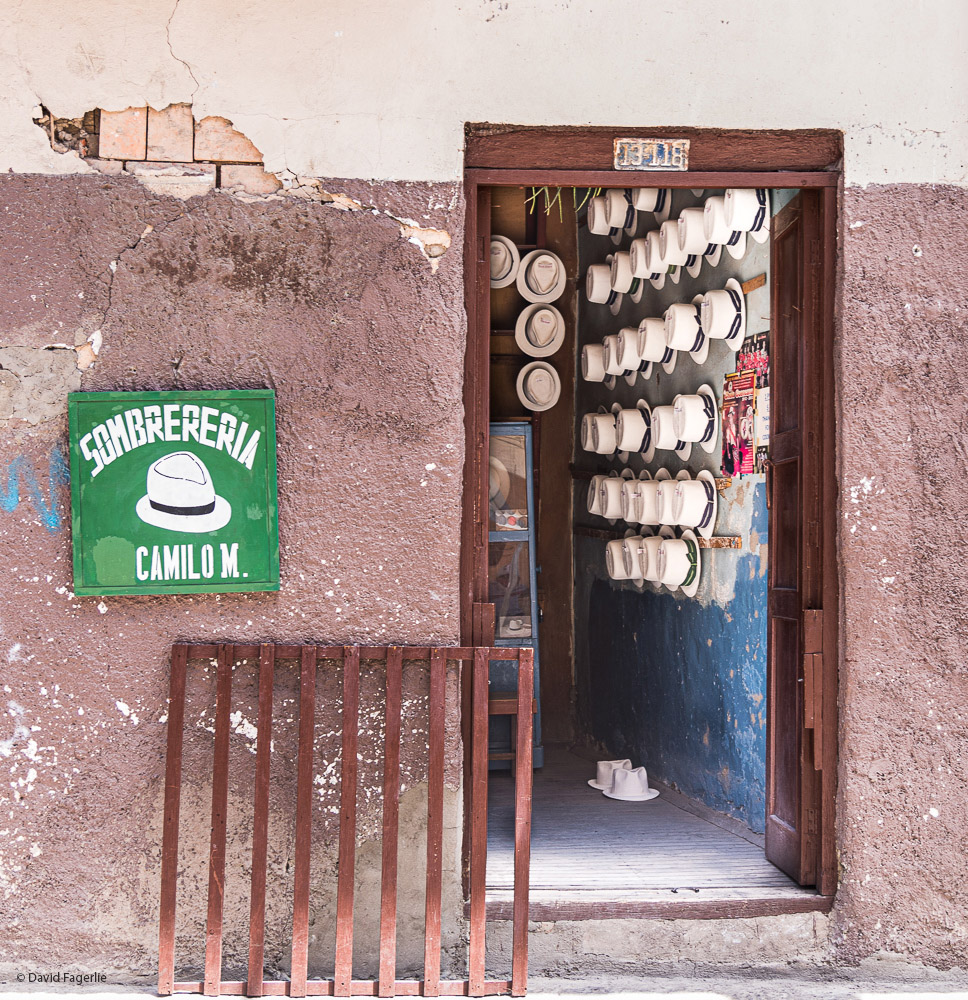
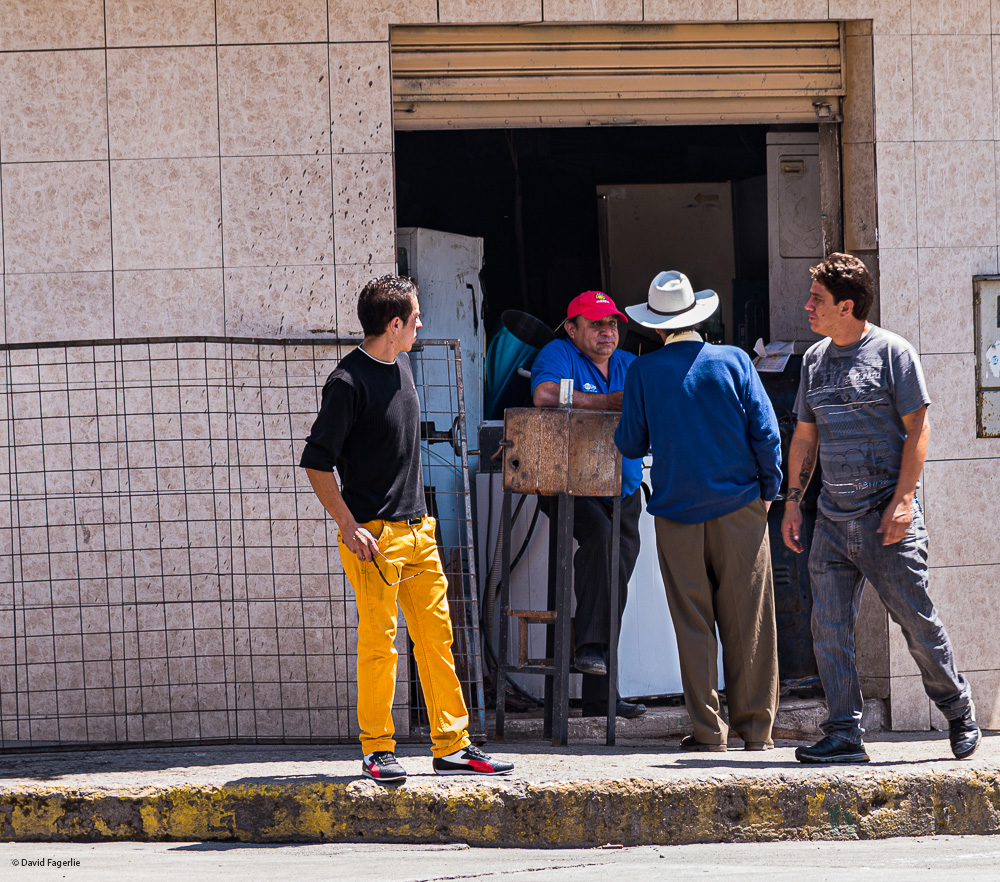
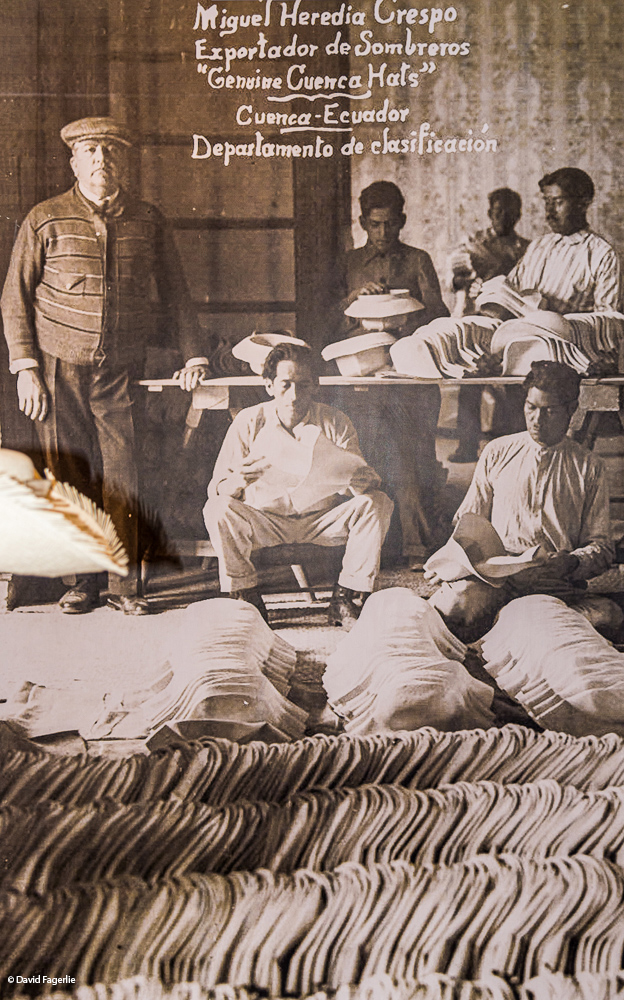
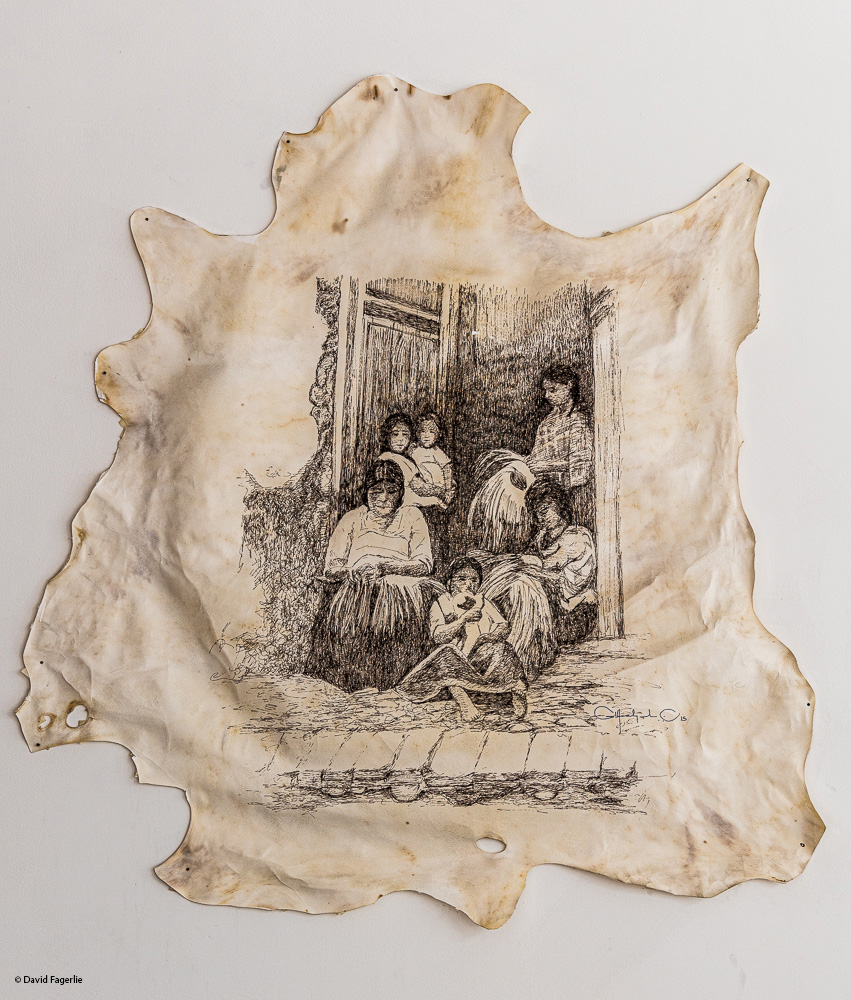
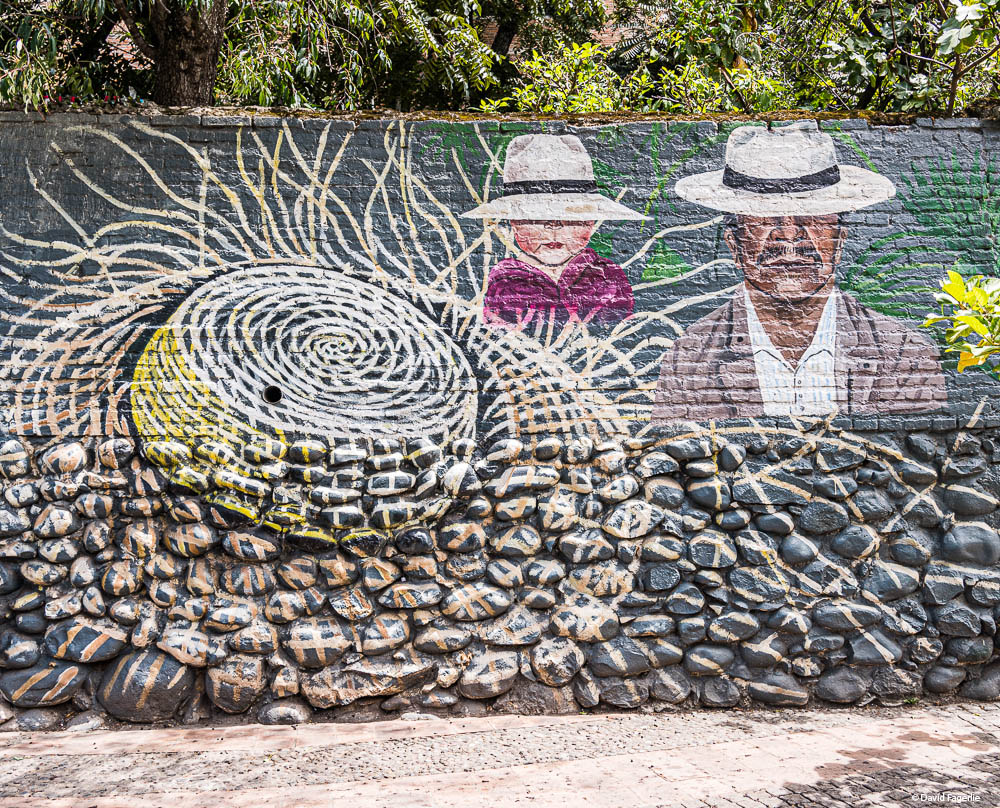

Doors in Cuenca
One of the first things I noticed after moving to Cuenca was the doors. There are many decorative doors. A large portion, but not all of the doors, are Catholic, typically on churches and monasteries. The hardware was interesting to me as well. Here are some doors that I photographed.
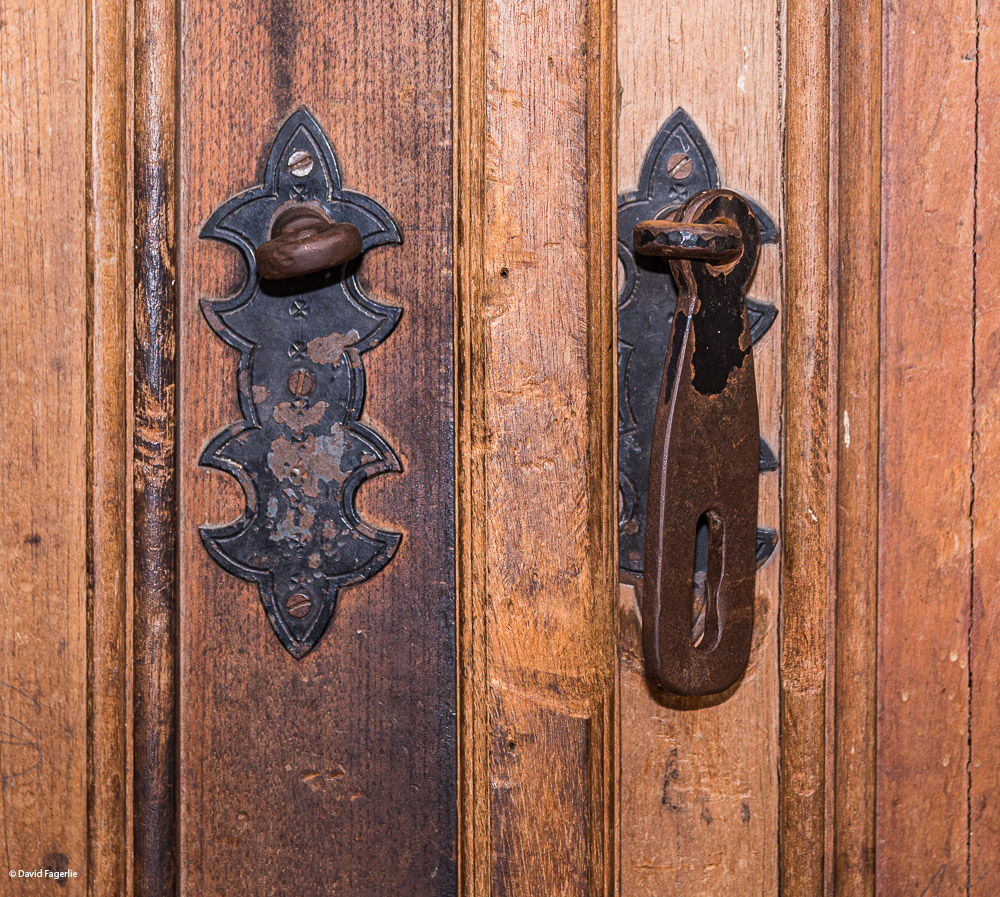

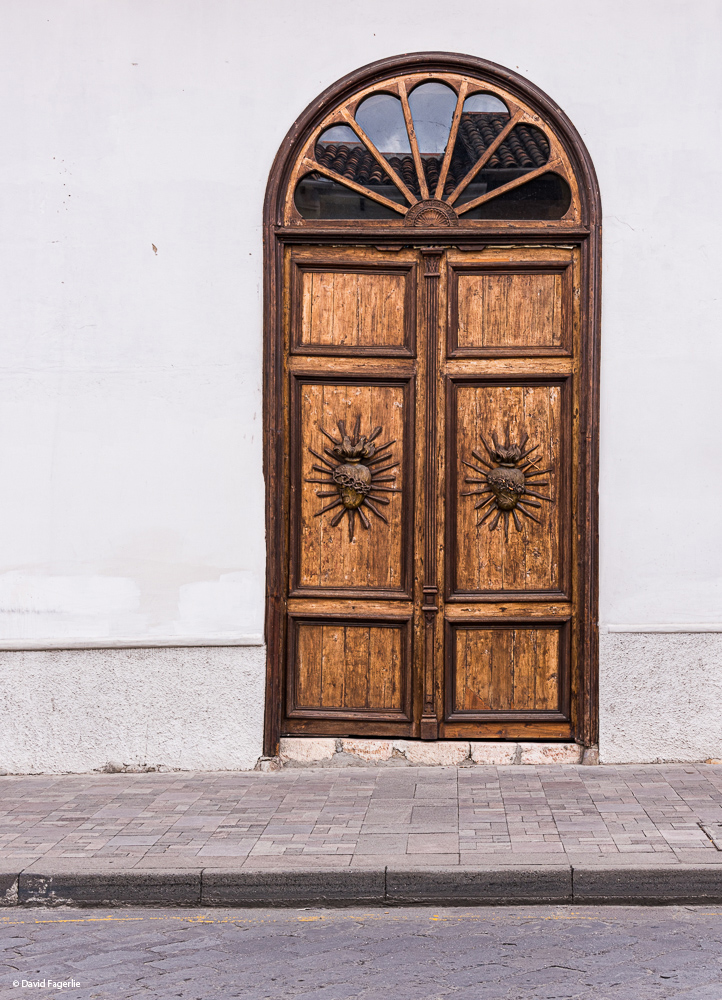

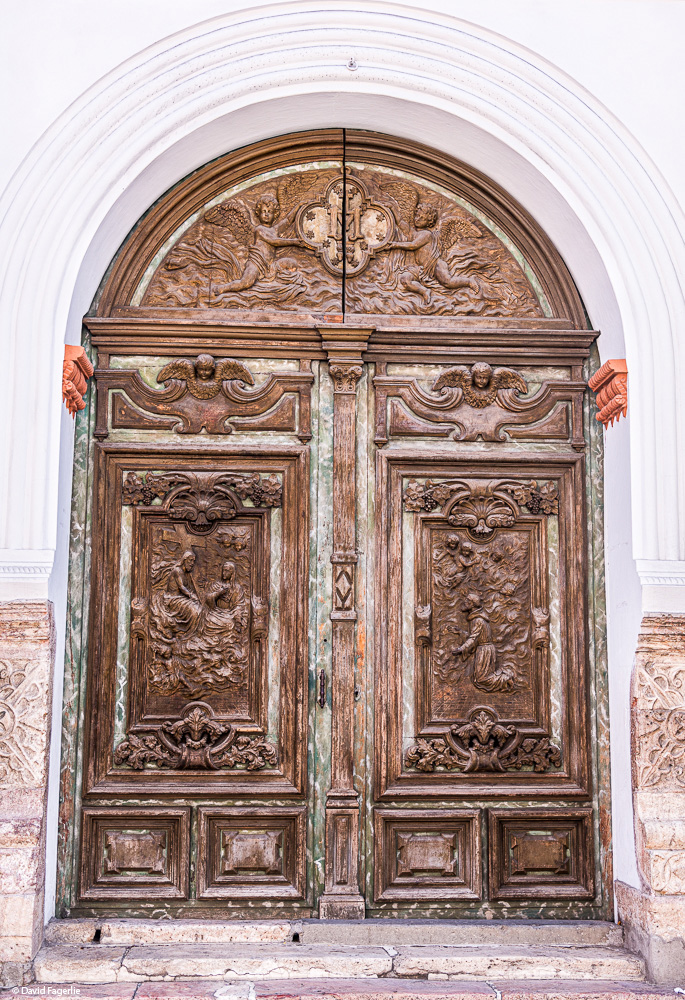
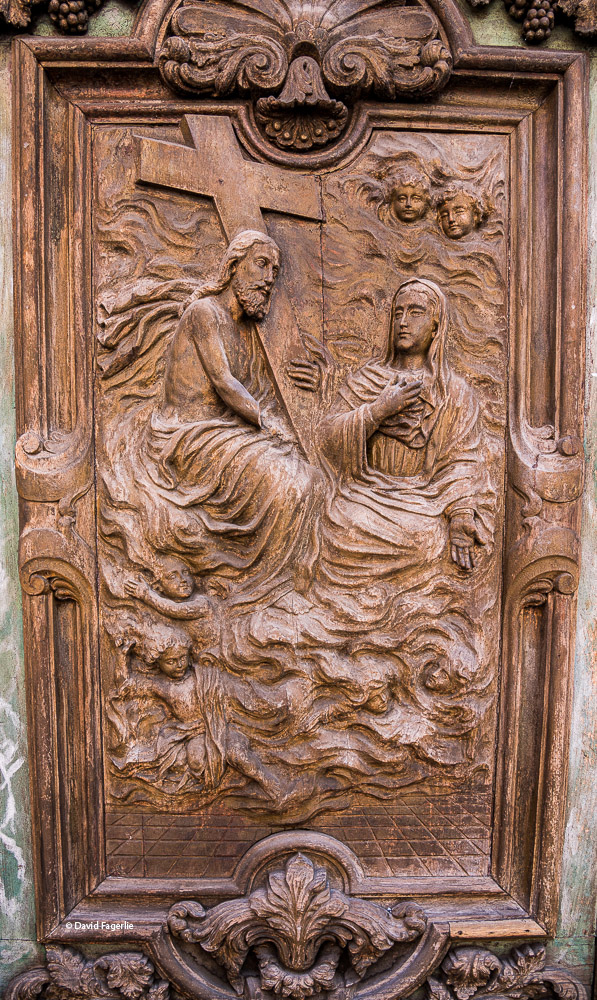
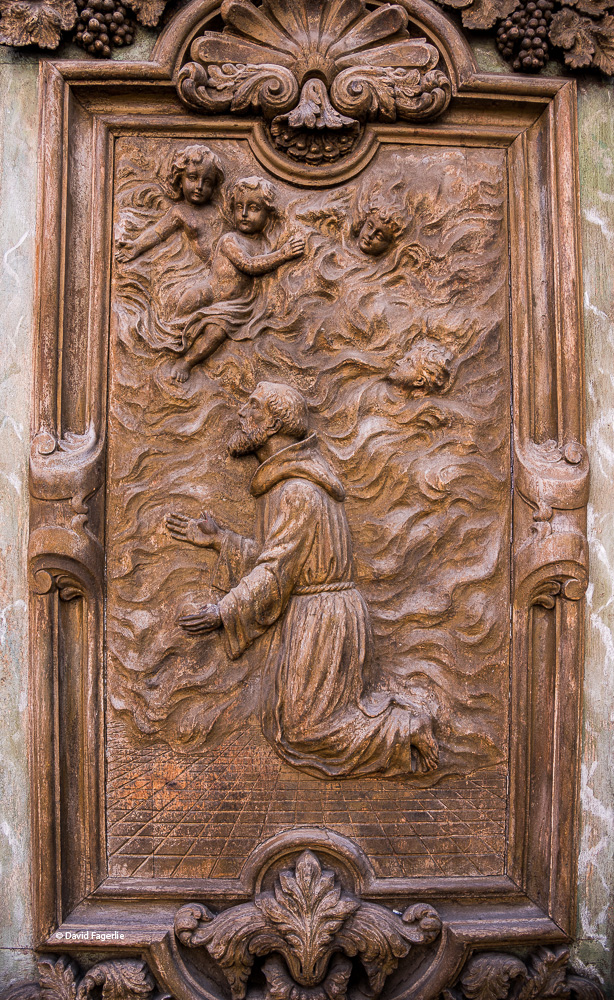
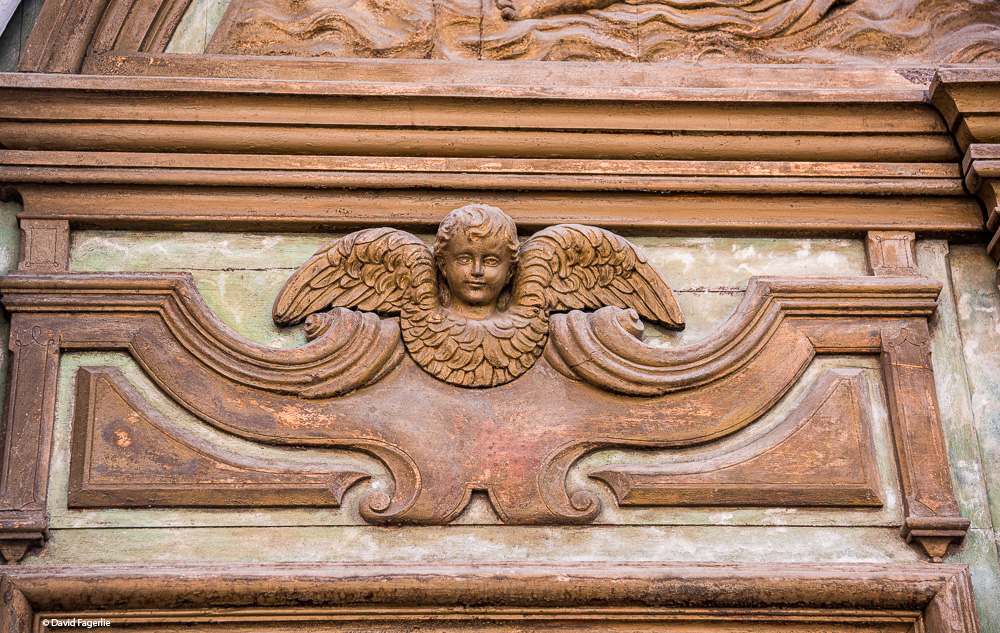
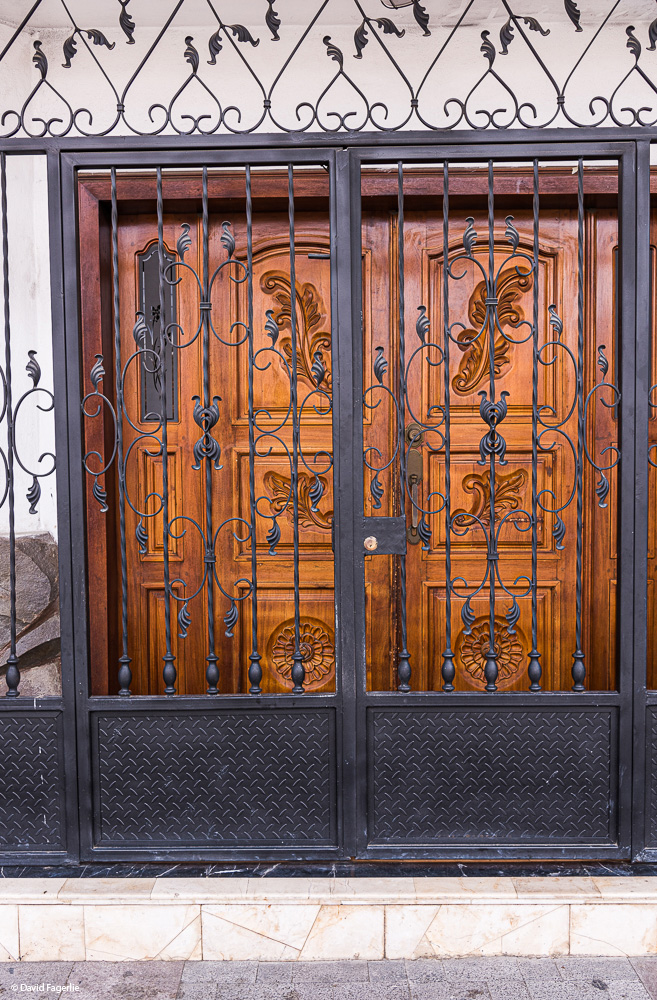
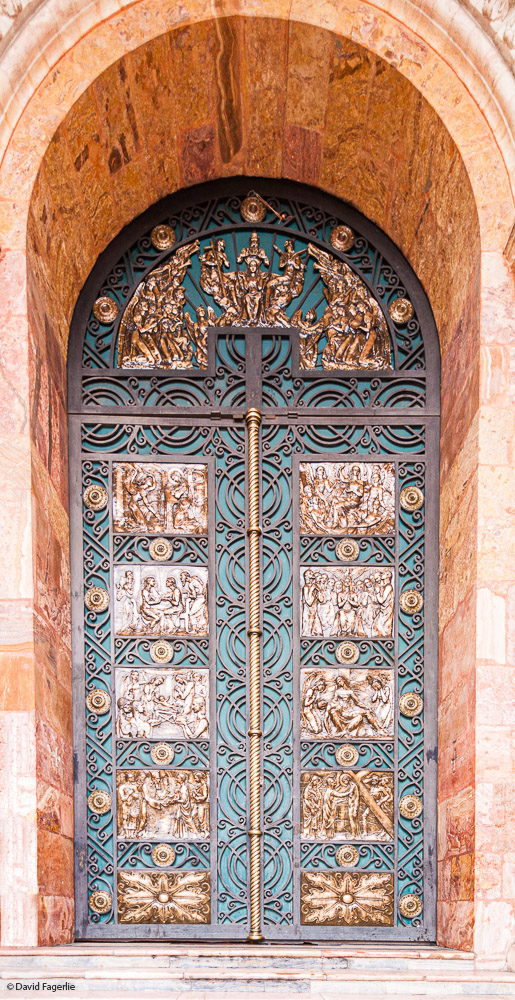
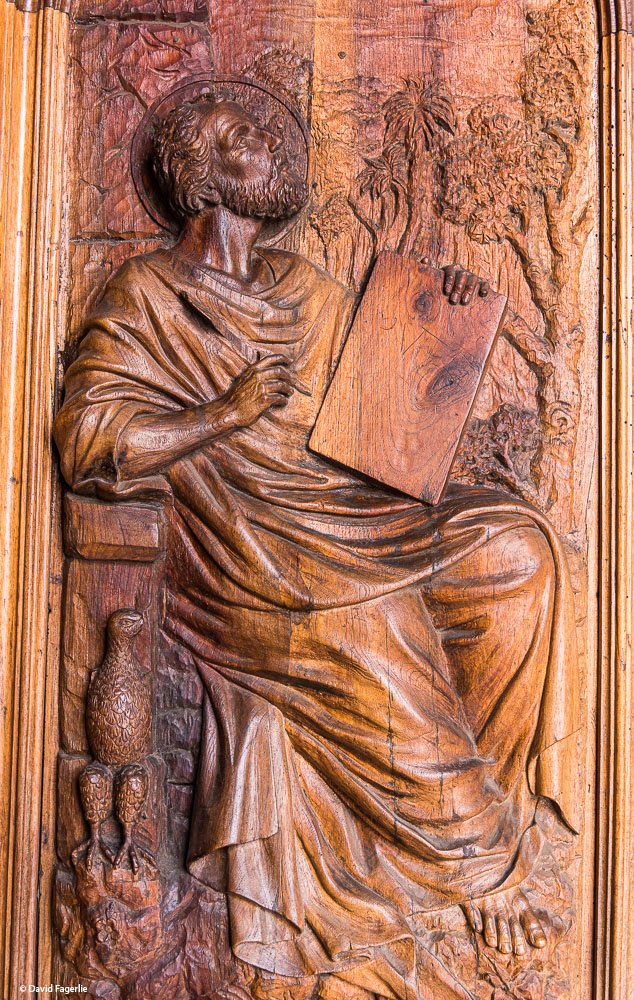
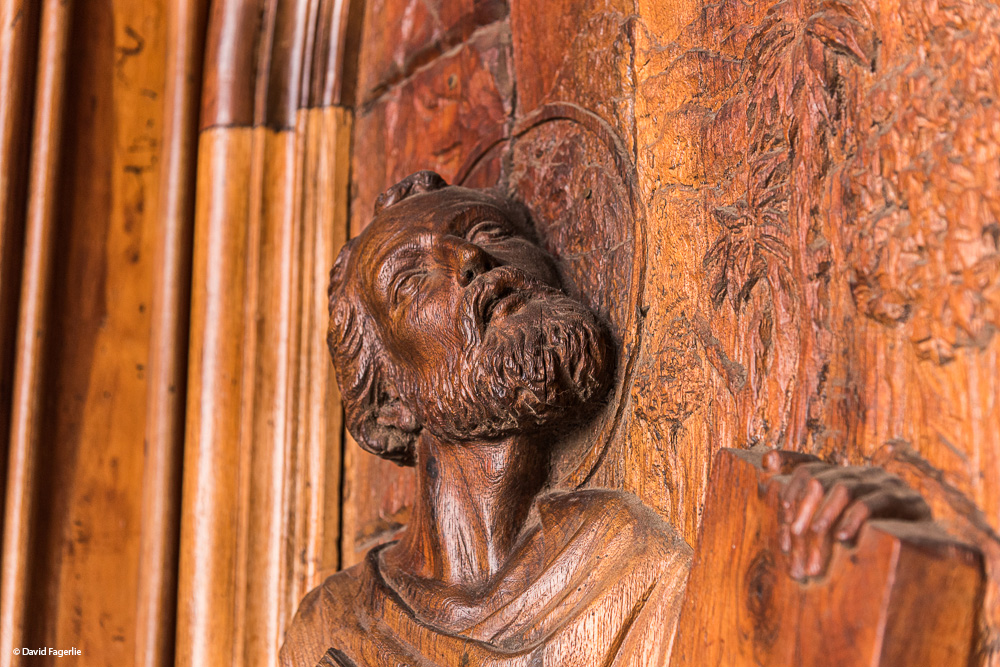
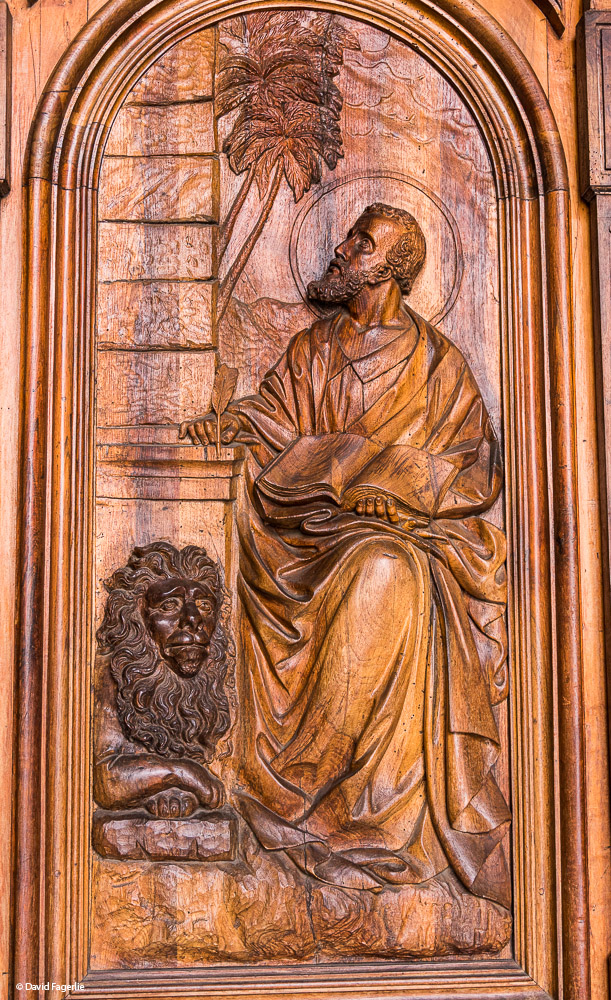
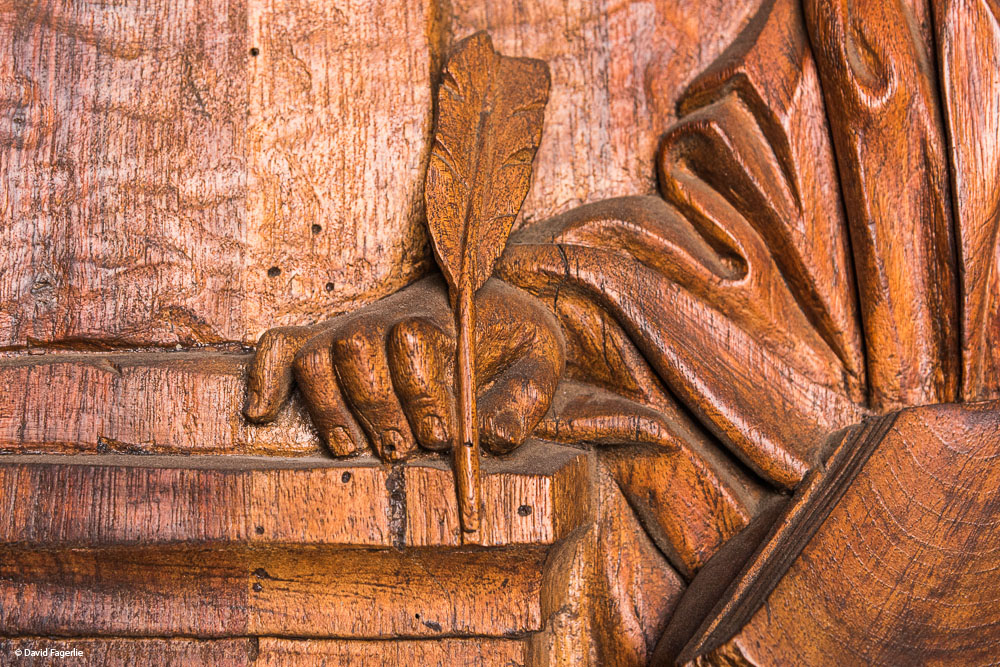
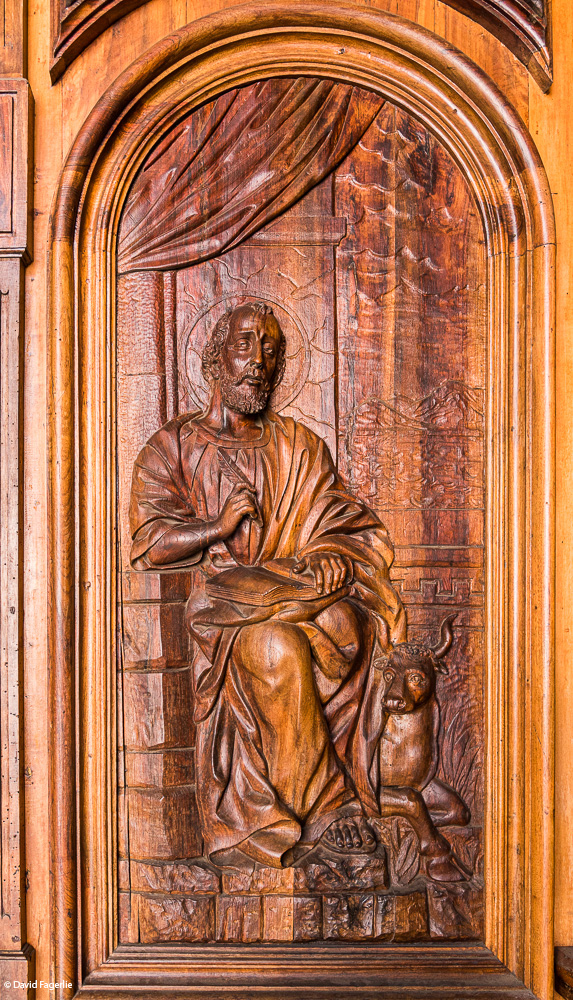
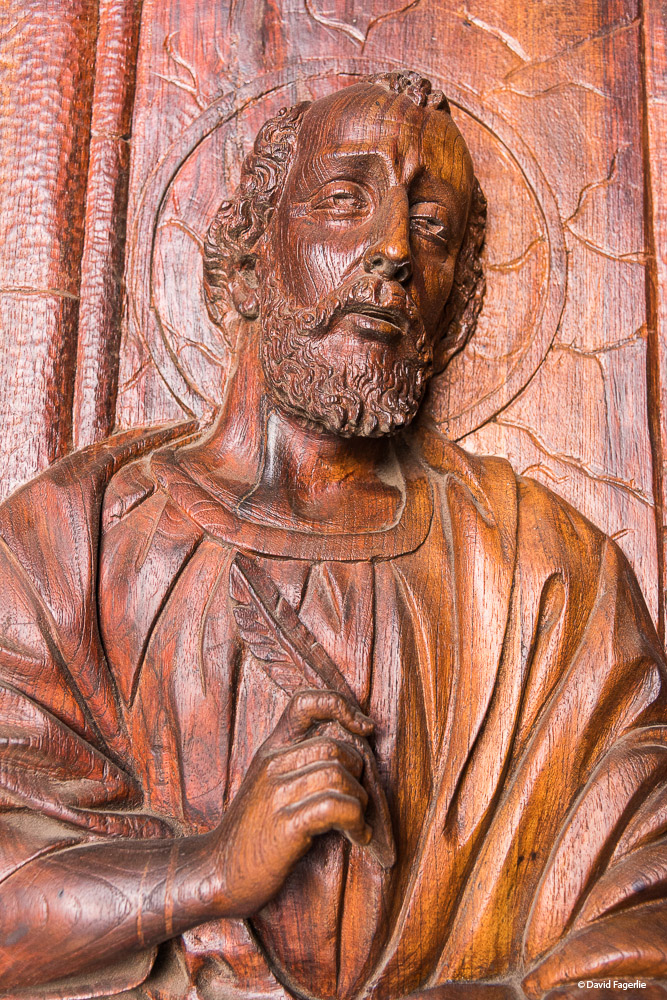
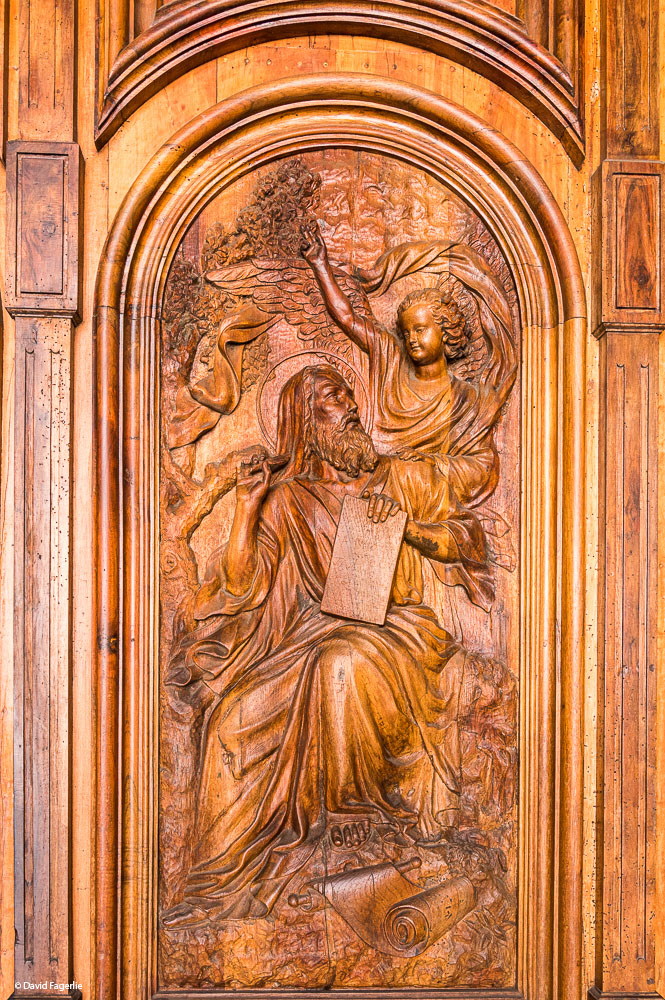
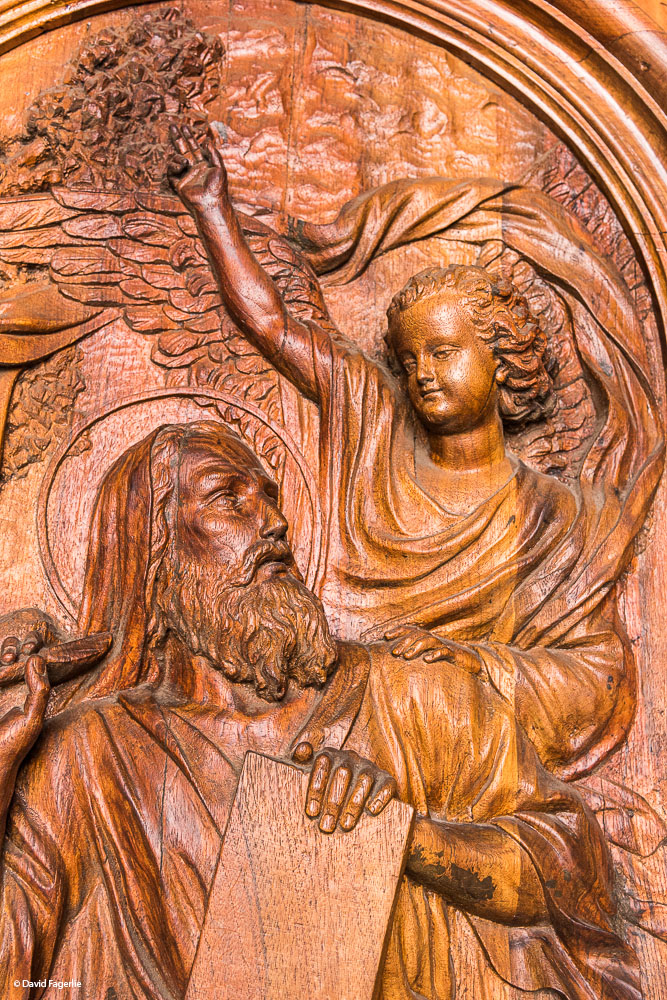

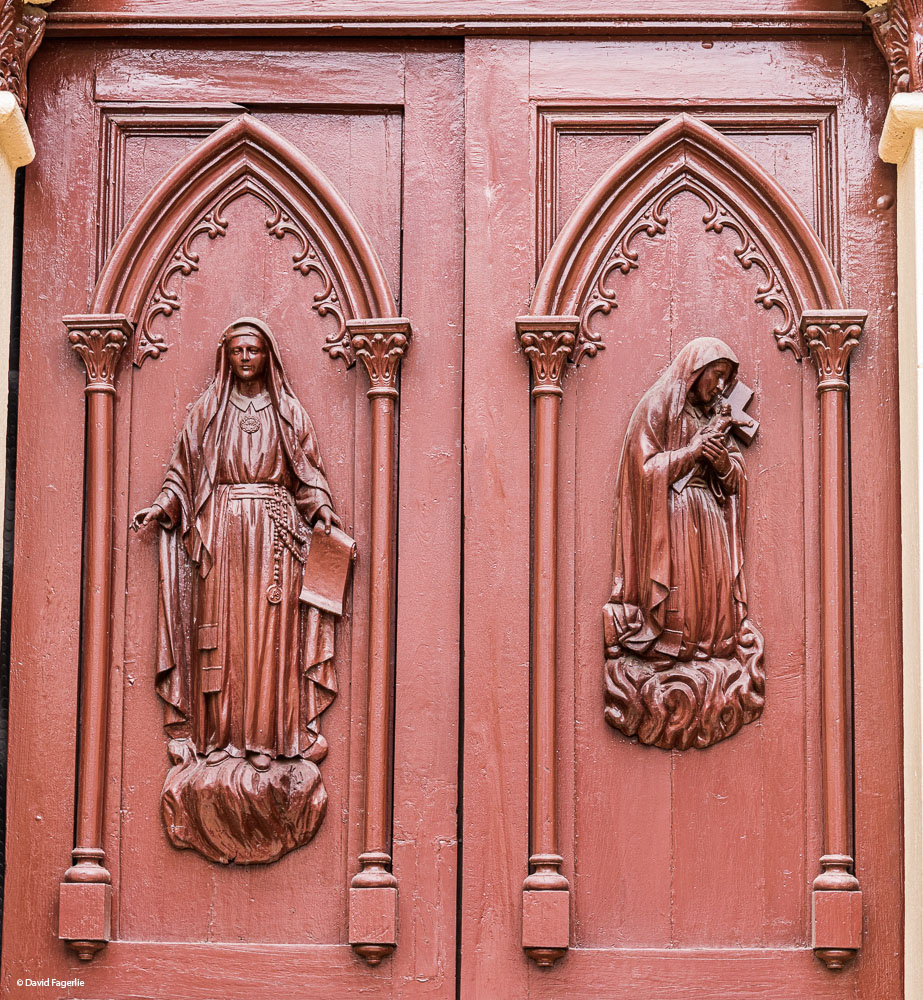
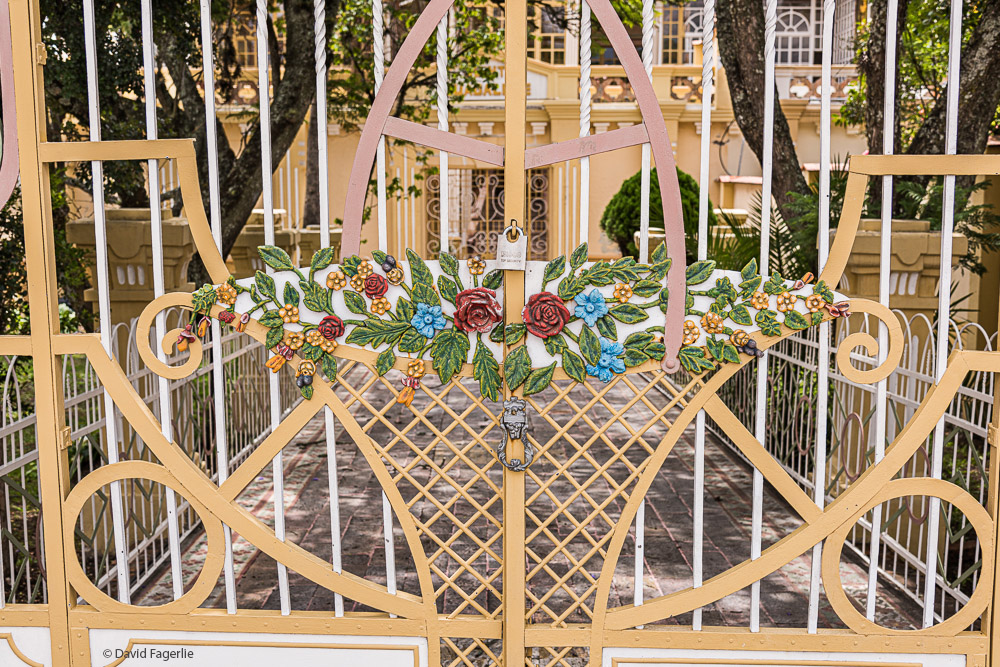
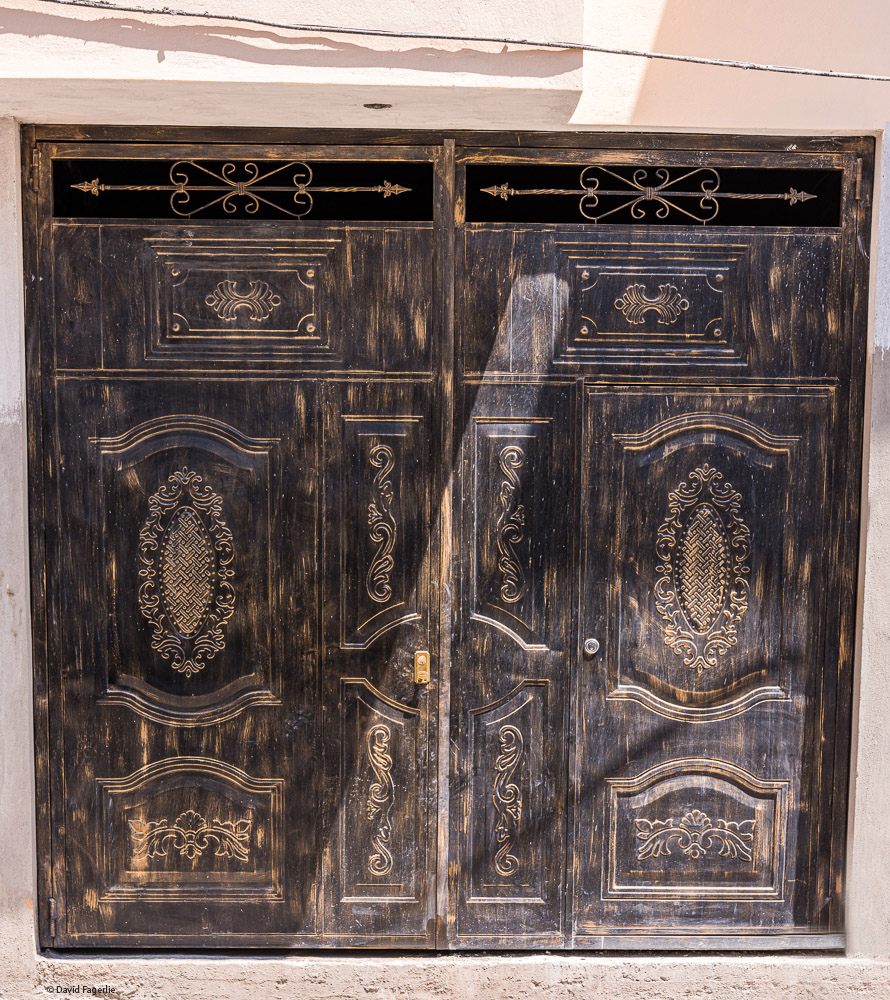
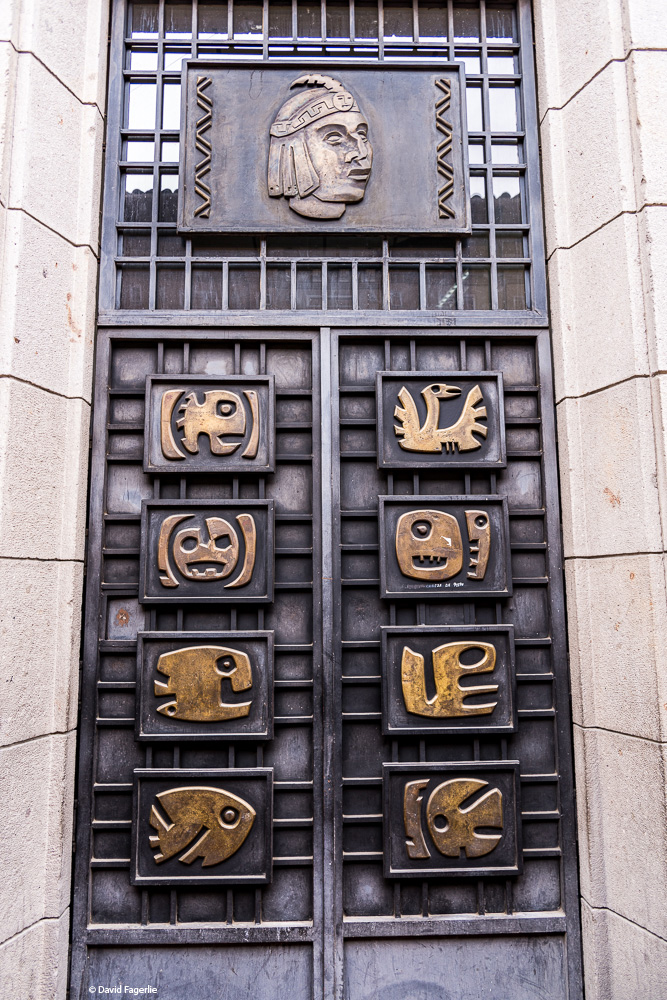

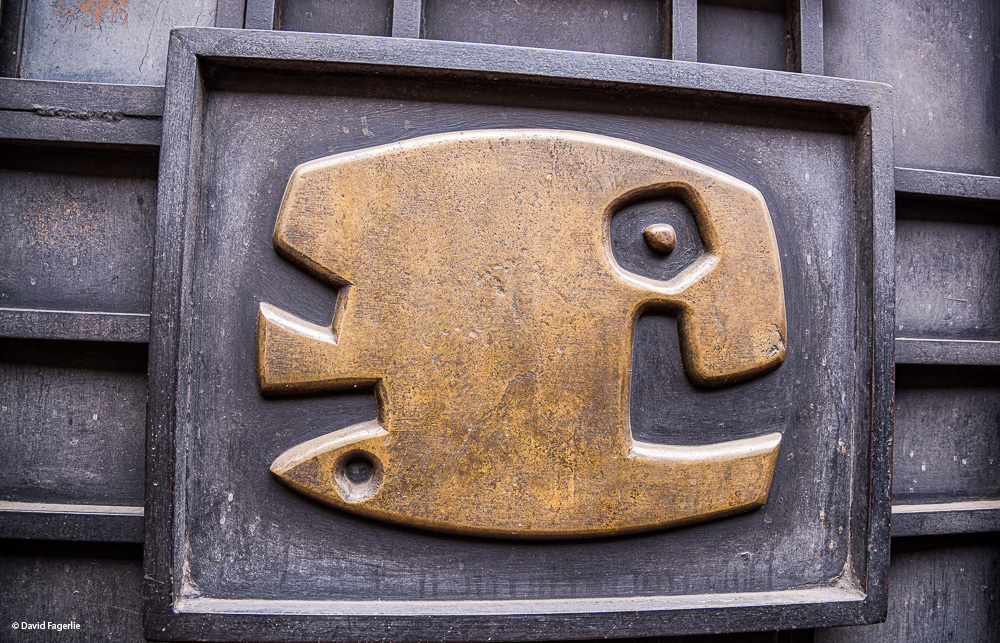
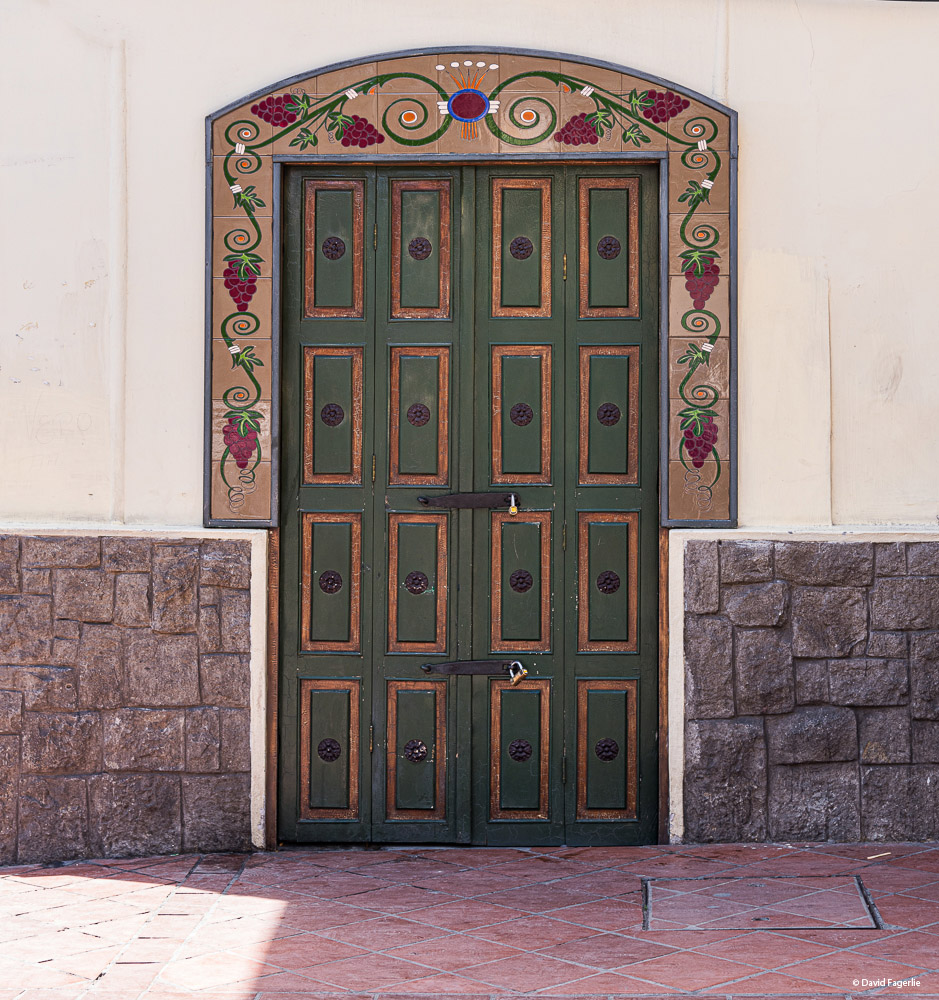
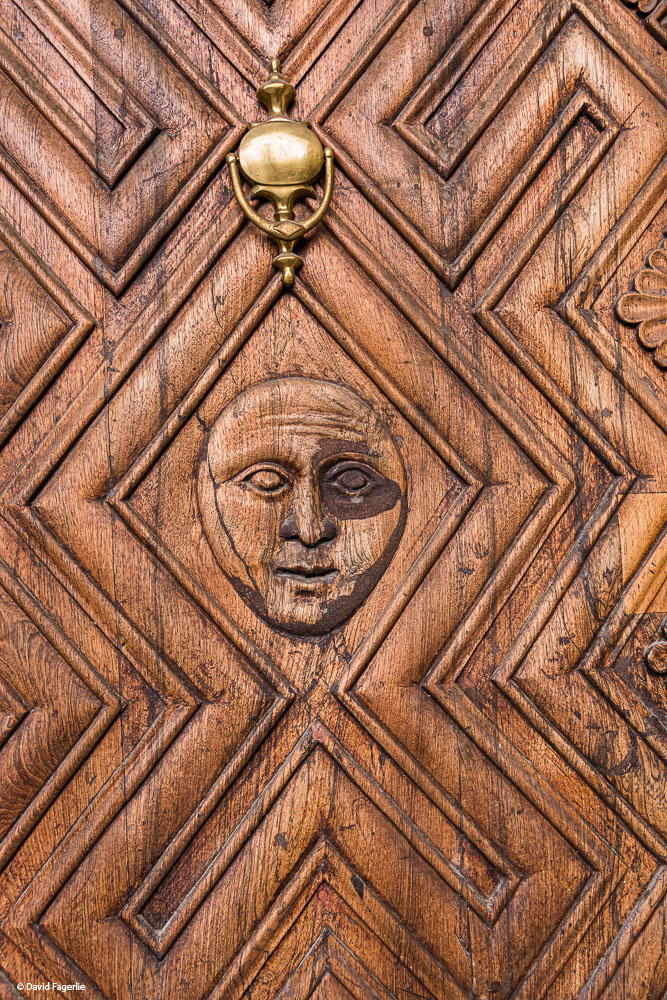
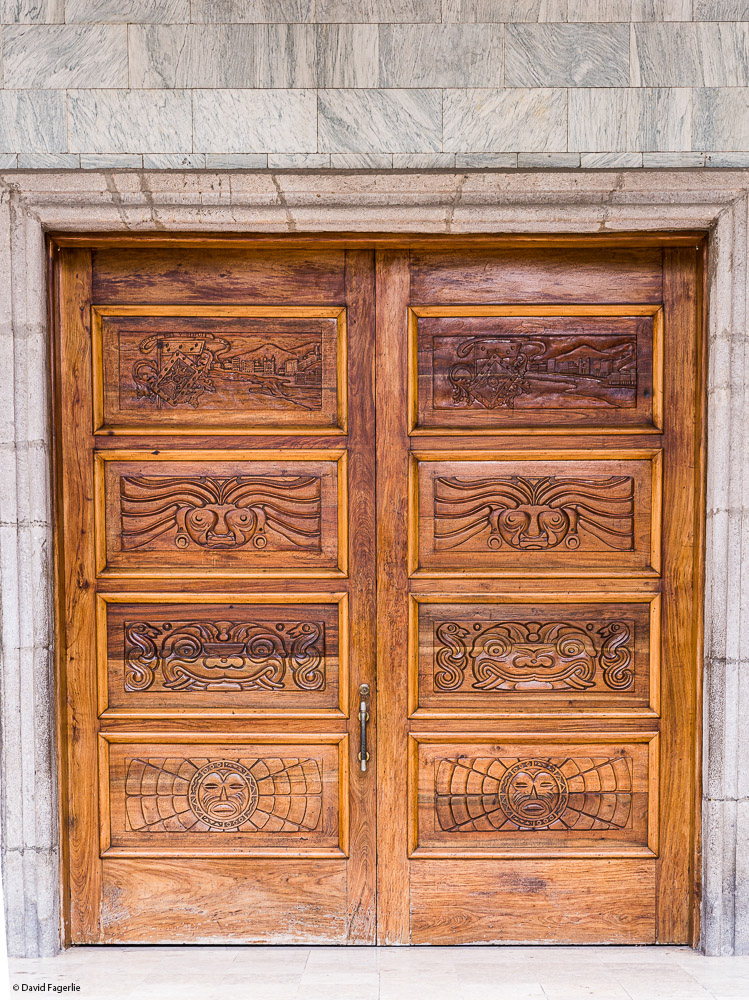
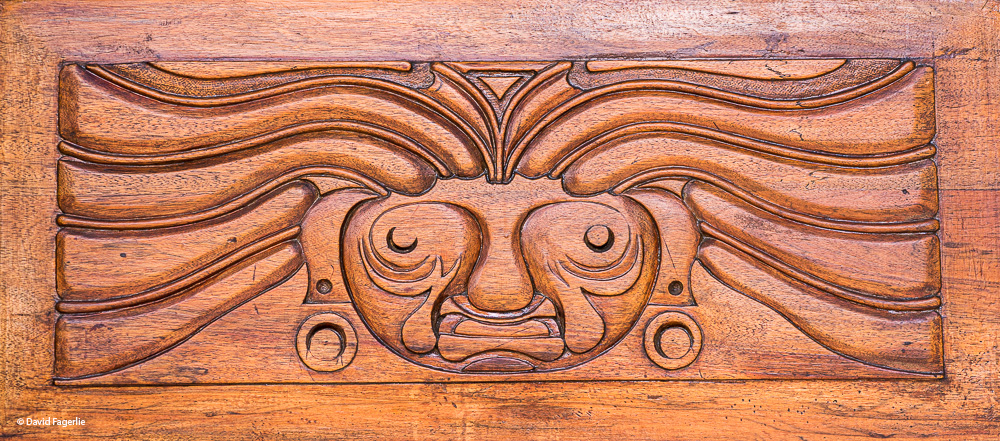
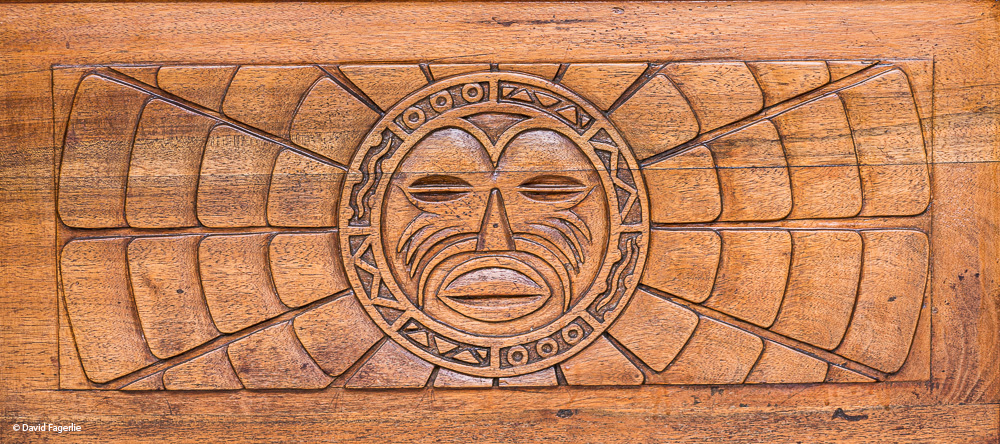
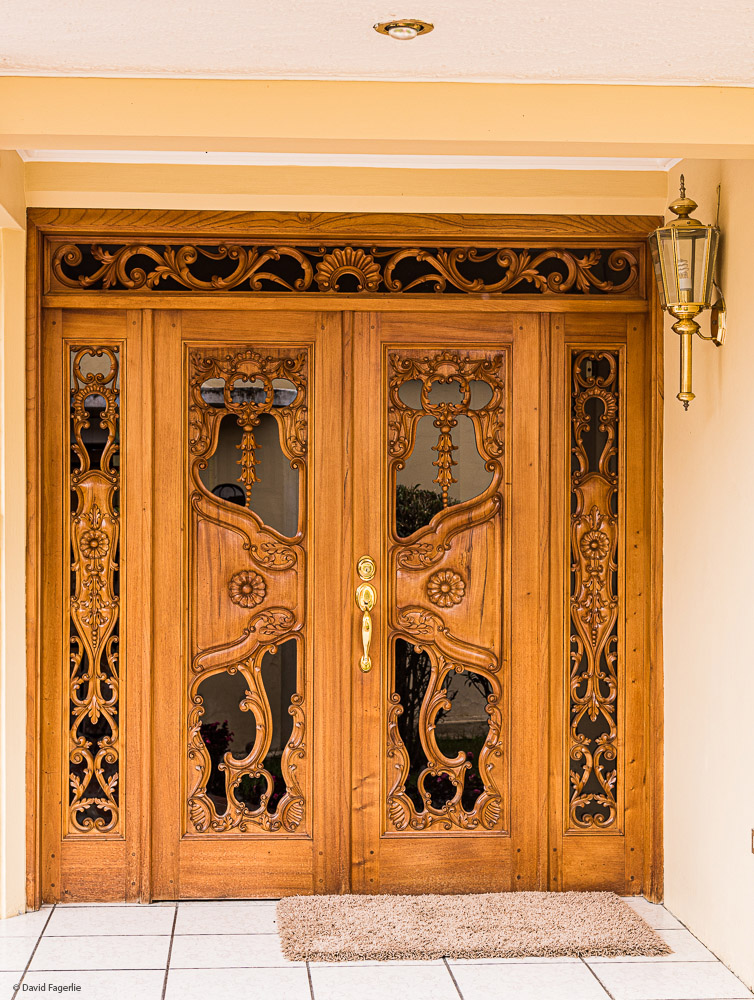
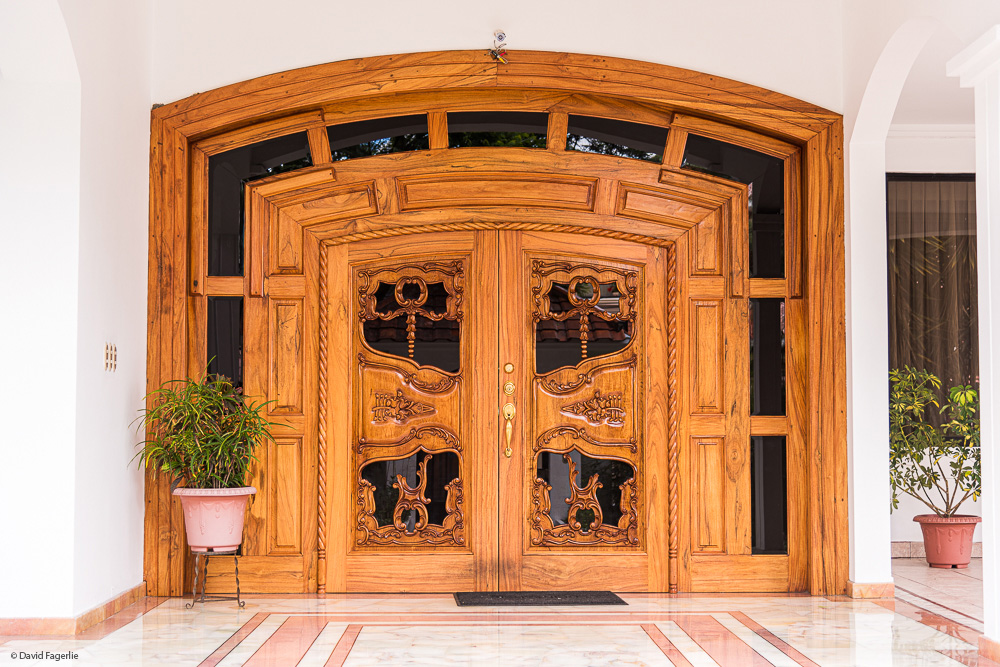
Higher resolution photos of most of the images in this chapter are available by clicking HERE.
This chapter wraps up my webbook on Ecuador. I hope that you enjoyed the tour of this very interesting country? Perhaps you know that while I was writing Ecuador I moved from Cuenca to Chiang Mai, Thailand. My next webbook will be about my home country.
I am revising and adding content about Thailand as I am able. That is hard to do in Covid times; travel is limited. I will be going silent until January while I work on the webbook; but, I will keep you posted on my return. If you have not subscribed, I suggest you do so now; that way you will stay informed.
I appreciate your interest in My WorldReflections. Your support motivates me to do more.
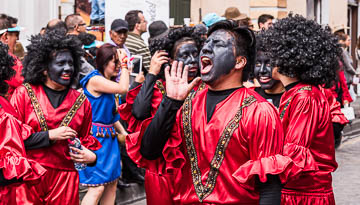
Jan 3, 2018
Chapter 12